We just dodged a howitzer -- Hurricane Dorian
Those dead bodies in the Bahamas could have been ours -- our friends, our families, our neighbors.
Mayor Nancy Shaver rightly warned of ocean level rise and superstorms.
We're still not prepared, and the current City government lacks her strong leadership.
We dearly miss her.
From BBC, the British Broadcasting Corporation:
Hurricane Dorian: Bahamas death toll expected to be 'staggering'

The death toll from Hurricane Dorian in the Bahamas will be "staggering", the country's government has warned as aid efforts are being stepped up.
The official death toll stands at 30, but is expected to rise further.
Officials are sending morticians and 200 body bags to the Abaco Islands, the worst-hit part of the archipelago.
Dorian - which devastated the northern Bahamas from Sunday to Tuesday - has now made landfall in the US state of North Carolina, but is weakening.
Officials say hundreds, possibly thousands, are still missing in the Abacos and Grand Bahama.
- In pictures: How Dorian devastated the Bahamas
- Path of destruction
- 'Hurricane's storm surge swallowed my son, 5'
- Have you been affected by Hurricane Dorian? Email haveyoursay@bbc.co.uk
On Thursday Health Minister Duane Sands warned of a "staggering" final count.
"The public needs to prepare for unimaginable information about the death toll and the human suffering," he told local radio.
Dr Ian Norton, who manages the World Health Organisation (WHO)'s emergency medical teams, also told reporters that he was also "really worried" about the potential death toll.
 GETTY IMAGES
GETTY IMAGES
Dorian hit the Bahamas as a category five hurricane with winds reaching 185mph (297km/h).
It matched the highest ever recorded at landfall, and stayed over affected areas for two days.
What is the damage to Bahamas?
The International Red Cross fears 45% of homes on Grand Bahama and the Abacos - some 13,000 properties - were severely damaged or destroyed.
Parts of the Bahamas received up to 35in (89cm) of rain, leaving vast areas of it flooded.
The Island of Great Abaco is virtually uninhabitable, with bodies piled up, no water, power or food, and militias formed to prevent looting, local media report.

Aerial images over the Abacos showed mile upon mile of destruction, with roofs torn off, scattered debris, overturned cars, shipping containers and boats, and high water levels.
The only international airport in Grand Bahama was also devastated. As a result, it could not be used for evacuations or aid deliveries.
The WHO said flooding had rendered Grand Bahama's main hospital unusable, and a field hospital would need to be set up in its place.
Several patients have been airlifted from Marsh Harbour Medical Centre in the Abacos, according to the Associated Press news agency, but the site is still being run as a shelter.

'Everything is gone'
Matt Morrison, BBC News, Bahamas
Everyone who experienced the storm here on Abaco has a story to tell. Whether it is one of dramatic survival, or the loss of a loved one, every life has been affected.
'It was like being in a tornado for hours on end,' one Marsh Harbour resident told me. 'Everything is gone'.
Driving down the streets one sees destruction in every direction. Homes and businesses have nearly all been levelled.
Those that are left standing have broken windows and caved in walls. There is an eerie silence, as the few residents around survey the damage.
About 5.5 miles off shore, Britain's Royal Fleet Auxiliary has stationed an aid ship, the Mounts Bay.
The 179-meter vessel had been in the area as the storm approached, and the scene onboard is one of urgency and focus. Aid is being loaded onto floating platforms to make the two-hour journey to shore.
The crew are on day three, and will continue here until they move on to the next disaster area.

What is the latest on the aid effort?
The Bahamas' government has signed an emergency declaration giving tax exemptions to medicine, building supplies and other goods that can be used for relief efforts.
International aid operations have been primarily focused on Grand Bahama and the Abacos, which were hit worst.
Search-and-rescue teams have been combing the worst-hit communities looking for any trace of survivors and bodies. As of Friday, the US Coast Guard said it had rescued 205 residents.
Meanwhile, efforts to deliver aid are being ramped up. Planes and helicopters have been flying in emergency supplies to help the estimated 76,000 people in need of food and shelter.
Eight tonnes (8,000kg) of ready-to-eat meals, storage units, generators and other emergency suppliers are to be flown in from Panama, the UN World Food Programme said.
A $5.4m (£4.3m) budget has been allocated to the UN agency for a three-month emergency operation in the Bahamas.
However, the International Federation of Red Cross and Red Crescent Societies said damage to roads and other infrastructure was hampering relief efforts.
Where is Dorian now?
Now downgraded to a category 1 hurricane, Dorian has made landfall in the US.
The US National Hurricane Center (NHC) said that at 09:00 local time (13:00 GMT) Dorian hit Cape Hatteras, North Carolina with 90mph (145km/h) winds.
The storm has already caused severe flooding and widespread power failures in Georgia, South Carolina and North Carolina.
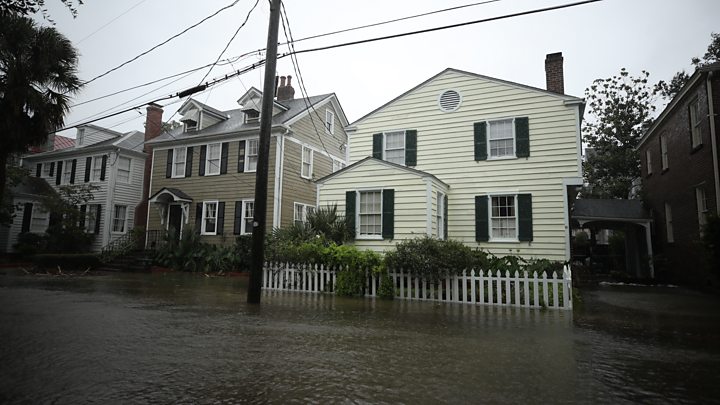
In the Carolinas, more than 900,000 people were ordered to evacuate their homes, but it was unclear how many had complied.
Forecasters said 10 inches (25 cm) of rain has fallen between the coasts of Charleston, South Carolina and Wilmington, North Carolina 170 miles away.
Dorian is expected to push north and out into the Atlantic, but will make landfall again on Saturday in the Canadian province of Nova Scotia.
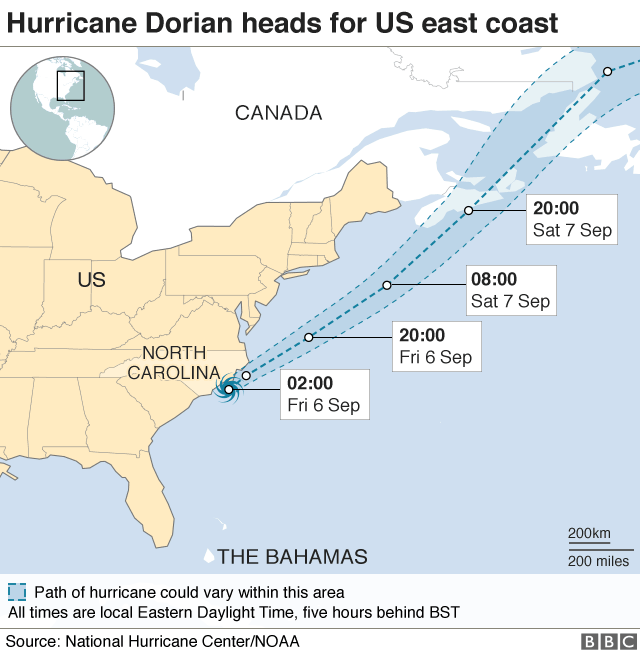
Life-threatening storm surges and dangerous winds are still expected in Virginia and other north-eastern states.
Three storm-related deaths have been reported in Florida and another in North Carolina.
All four died whilst preparing their homes and shelters for the storm.

Is climate change making hurricanes worse?
According to the NHC, a "hurricane season" runs in the Atlantic Ocean between 1 June and 30 November.
The term denotes a period when most of the year's tropical cyclones take place in the Atlantic, though it typically peaks in the late summer.
Scientists cannot say whether climate change is increasing the number of hurricanes, but the ones that do happen are likely to be more powerful and more destructive because of our warming climate, says BBC Weather's Tomasz Schafernaker.
Here's why:
- An increase in sea surface temperatures strengthens the wind speeds within storms and also raises the amount of precipitation a hurricane will dump
- Sea levels are expected to increase by one to four feet over the next century, bringing the potential of far worse damage from sea surges and coastal flooding during storms
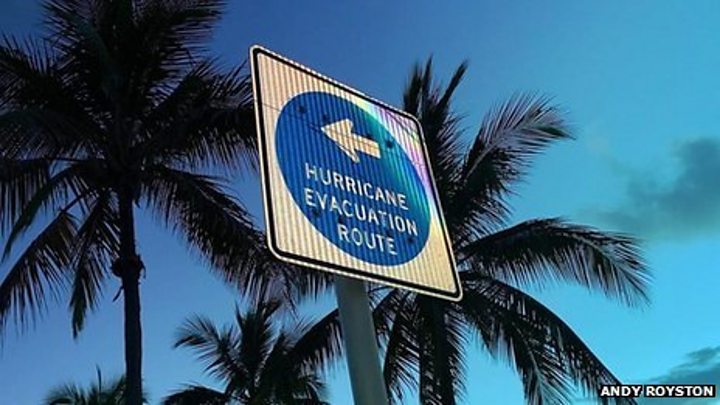

Use our guide to see how these deadly storms form, their devastating effects and how they are measured:

How have you been affected by Hurricane Dorian? Share your experiences by emailing haveyoursay@bbc.co.uk.
Please include a contact number if you are willing to speak to a BBC journalist. You can also contact us in the following ways:
- WhatsApp: +44 7756 165803
- Tweet: @BBC_HaveYourSay
- Send pictures/video to yourpics@bbc.co.uk
- Upload your pictures / video here
- Text an SMS or MMS to 61124 or +44 7624 800 100
- Please read our terms of use and privacy policy
Or use the form below:
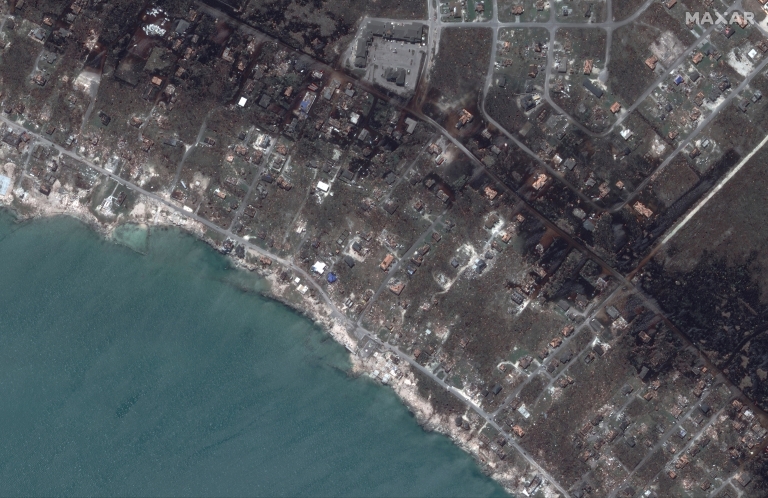
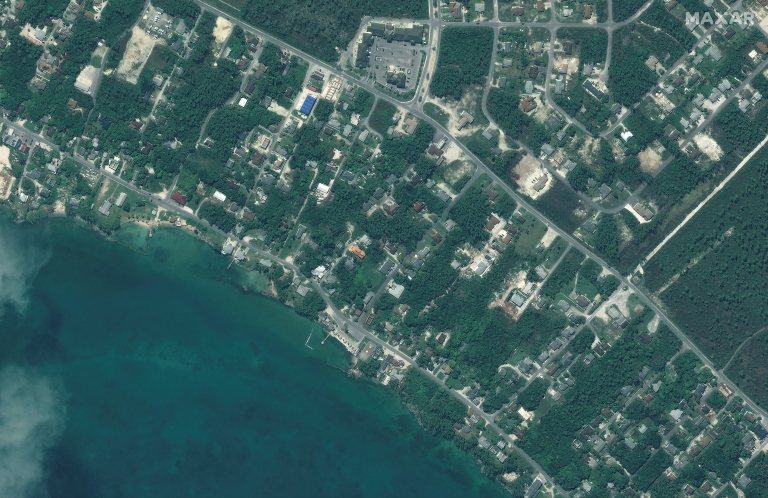
No comments:
Post a Comment